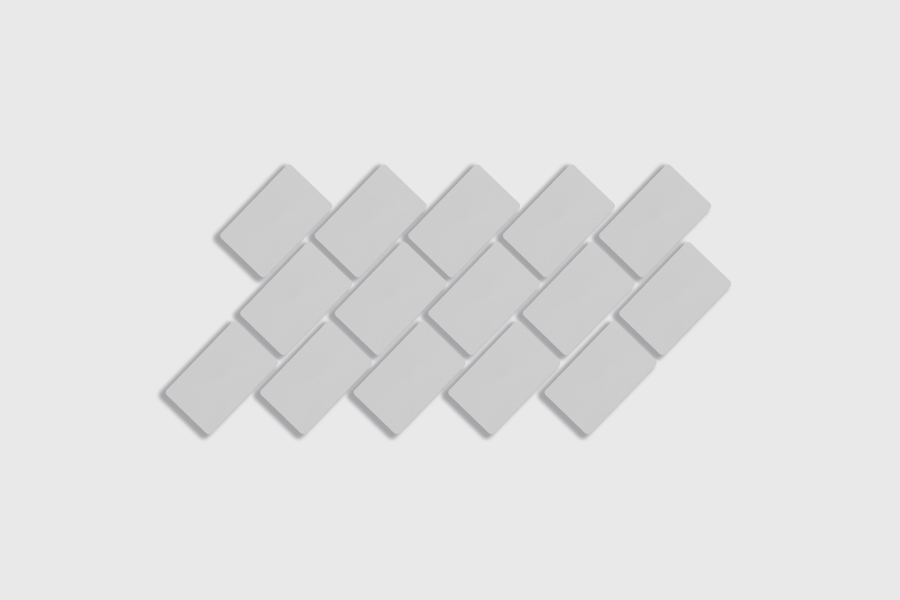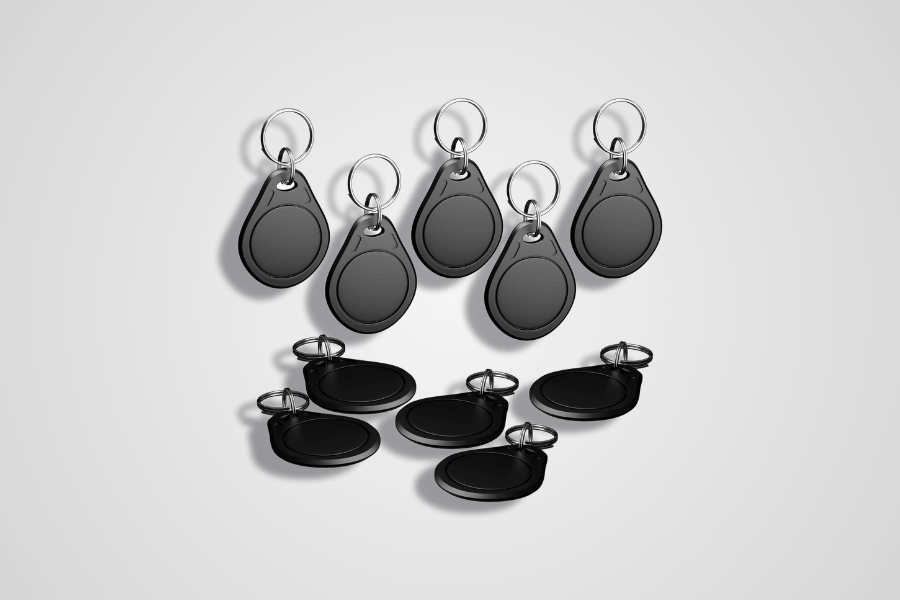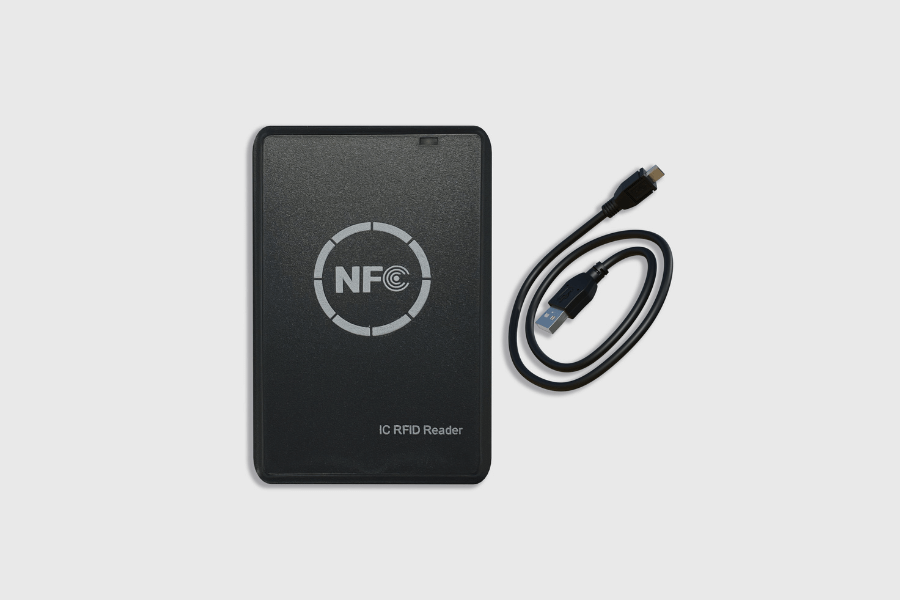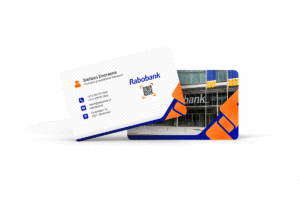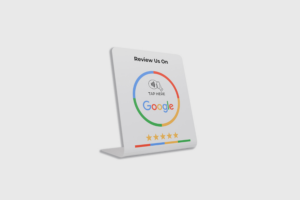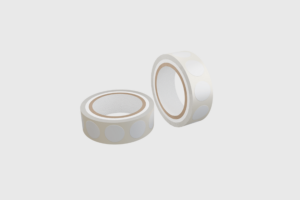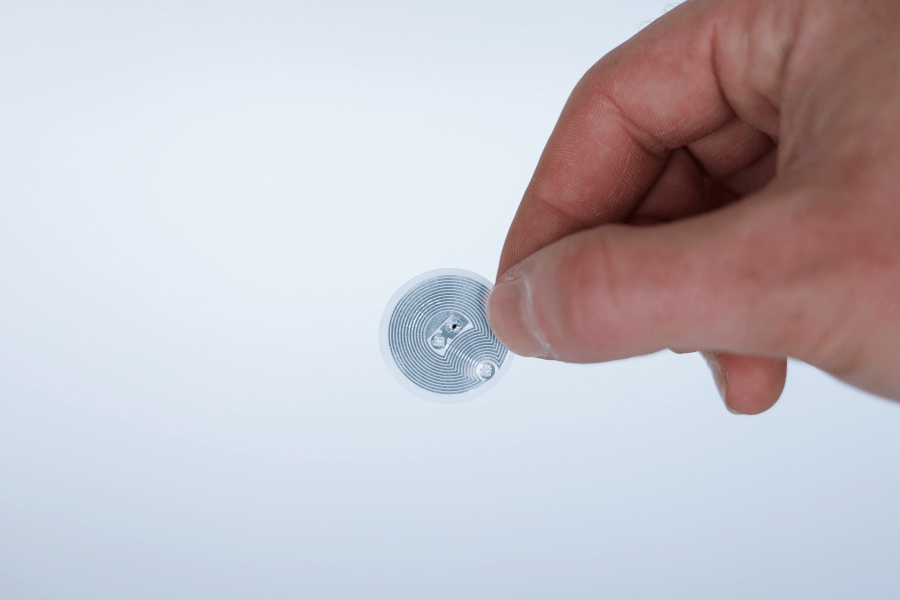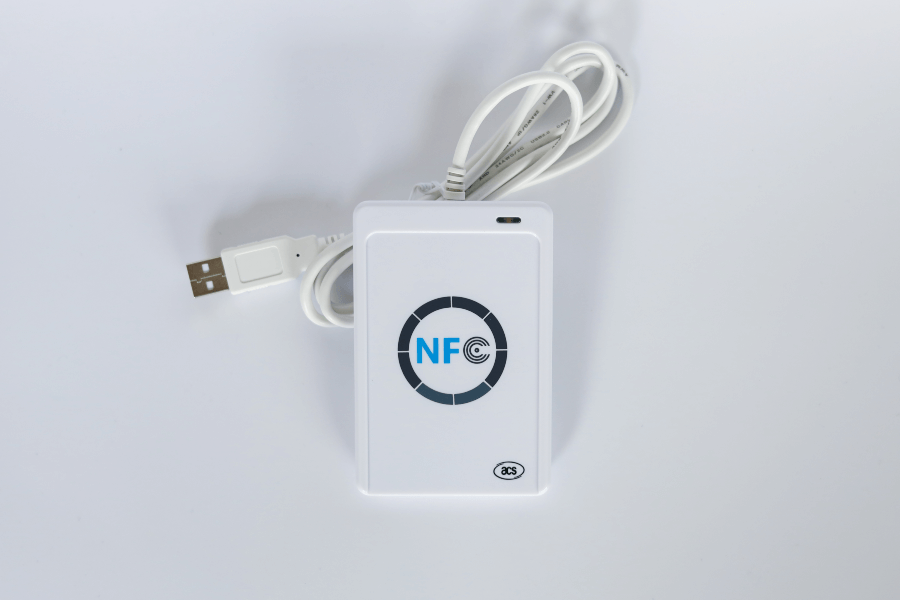No products in the cart.
NFC Products
Review products
Shopping Cart
What kind of RFID chips are there?
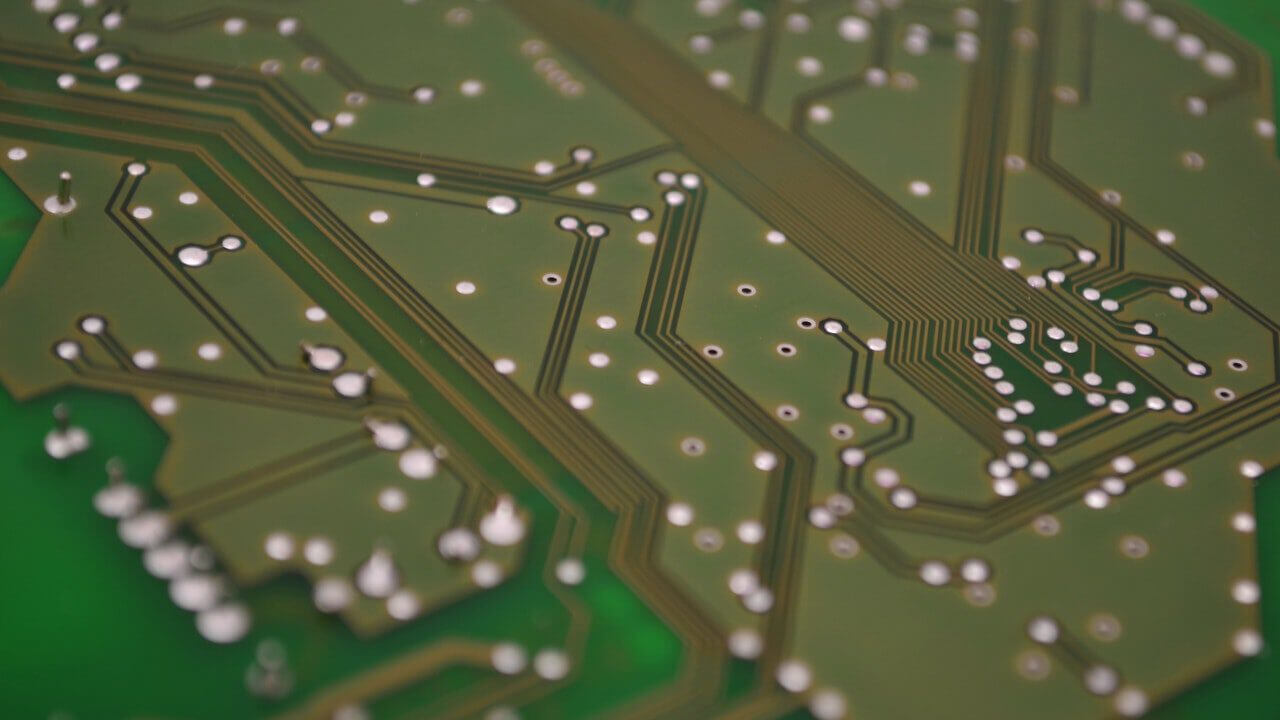
Nowadays there are so many chips on the market that you soon lose track. For this reason, we thought it would be a good idea to list all types of RFID chips. Then we look at the features, capabilities and applications, so you have a clear overview of which RFID chip you need.
Table of contents
Frequencies of the RFID chips
RFID is an all-encompassing term, namely a technology to remotely exchange communications via RFID chips. RFID includes several technologies, such as NFC. The technology is also considered the successor to the bar code. Before purchasing an RFID, you should consider the frequency of the chip. These differ among themselves. For example, there are several frequencies possible, namely:
- Low frequency
These chips feature 125 KHz and have a range of 2 centimeters to 100 centimeters. With memory ranging between 64 bits and 1 kB, this chip can be used to provide access. The EM 4200 cards is an example of a low frequency chip.
- High frequency
These chips feature 13.56 MHz and have a range of 10 centimeters to 1 meter. With up to 2kB of memory, we often see this chip used for registration systems, such as clocking in.
- Ultra high frequency
These chips feature from 860 to 950 MHz and have a range of up to 12 meters. Generally, a UHF chip has a range of several meters. The newest variant is the UHF Gen2. This chip is currently the most widely used of all UHF chips.
The 5 most popular RFID chips
Now that you know what the frequencies mean we are going to cover the different types of chips. The 5 most popular RFID chips are:
- MIFARE Classic 1K
This RFID chip is the most popular of all. This chip has a low frequency (13.56 MHz), so the reading distance is between 2 centimeters and 100 centimeters. This chip has a competitive price. We see that this chip is commonly used at entry gates, such as at gyms and ski elevators. Lockers are also often equipped with this chip.
- MIFARE Ultralight 64 bytes
This variant is the cheapest of all. Since this chip cannot be secured, it often serves as a disposable chip.
- MIFARE DESFire 125MHz
This variant has special 3DES security. Because of this, there are several possibilities regarding the security of the chip. This is why we often see this chip in access control.
- EM4200 125 KHz
Thanks to its high frequency, this chip can cover long distances. In addition, the chip has various security features, making it very suitable for access control and safes.
- UHF RFID (Ultra High Frequency)
High frequency means the reading distance is large. In fact, this chip can span up to 12 meters. This makes the chip very suitable for toll gates and parking garages. Here the communication needs to bridge a longer distance.
NFC chips
NFC chips can also be subsumed under the term RFID The three most commonly used NFC chips are the NTAG213, NTAG215 and NTAG216. The NTAG variants are exactly the same except for the memory.
- NTAG213
This is the cheapest variant and contains 144 bytes of storage.
- NTAG215
This chip is exactly between the NTAG213 and the NTAG215 in terms of storage space. At 444 bytes, this is also known as the mid-range chip.
- NTAG216
This chip has the most number of bytes of the NTAG series. With a whopping 888 bytes, you can be sure that you have enough capacity for whatever purpose.
In the table below, you can see how many bytes you need for certain operations.
| Web address | 19 bytes |
| Phone number | 16 bytes |
| Email with subject line | 84 bytes |
| Business card with all contact information | 153 bytes |
| A trigger (phone on silent) | 76 bytes |
| A trigger (Wifi on and app launch) | 118 bytes |
| A trigger (Wifi on, phone silent and start app) | 122 bytes |
What is RFID technology and what is it used for?
RFID stands for Radio Frequency Identification and is a technology that allows information to be exchanged remotely via RFID chips. These chips are used for various applications such as access control, registration systems, payment transactions and product identification. RFID is also considered the successor to the bar code because it is faster, more efficient and more accurate in identifying products and information.
What are the different frequencies of RFID chips and what are they used for?
There are different frequencies of RFID chips: Low Frequency (LF) of 125 kHz, High Frequency (HF) of 13.56 MHz and Ultra High Frequency (UHF) of 860 to 950 MHz. The LF chips are mainly used for access control, such as at gyms and lockers. The HF chips are often used for registration systems, such as clocking in. UHF chips are used for applications requiring long distances, such as at toll booths and parking garages.
What are the most popular RFID chips and what are they used for?
The five most popular RFID chips are MIFARE Classic 1K, MIFARE Ultralight 64 bytes, MIFARE DESFire 125MHz, EM4200 125 KHz and UHF RFID. MIFARE Classic 1K is commonly used for access gates and lockers, MIFARE Ultralight 64 bytes as a disposable chip, MIFARE DESFire 125MHz for access control, EM4200 125 KHz for access control and lockers and UHF RFID for toll gates and parking garages.
What are the most popular NFC chips and how many bytes of storage do they have?
NFC chips can also fall under the term RFID. The three most commonly used NFC chips are NTAG213, NTAG215 and NTAG216. NTAG213 is the cheapest variant with 144 bytes of storage. NTAG215 sits between NTAG213 and NTAG216 and has 444 bytes of storage. NTAG216 has the most number of bytes of the NTAG series, at 888 bytes. The amount of bytes needed for certain operations can vary, such as 19 bytes for a Web address and 153 bytes for a business card with all the contact information.
Don't miss anything and read all about NFC
Our most popular products
Reviews
★★★★★
Very satisfied with the serviceThe NFCW passes are a great example of how to use Sustainable Technology and still make an impact. We are very pleased with the service and quick response times.
Vera Timmermans - Evoke Staffing★★★★★
Quick response to inquiriesQuick response to questions. The dashboard is clear and easy to manage.
Shui Yi van de Laar - Endenburg Electrical Engineering★★★★★
Good price quality & Excellent serviceGood value for money & excellent service. Tickets were lost by mail but a solution was worked out together.
Bjorn Andelhofs - Topcon Positioning★★★★★
Very customer friendlyGood communication and fast service. Very customer friendly, and the site is easy and clear.
Astrid van Heinsbergen - HG International★★★★★
Very satisfied!We are very satisfied with our NFC business cards from NFC World. The dashboard is user-friendly and the cards are easy to use.
Natacha Wuestman - Wuestman★★★★★
The cards work easily and very wellThe cards work easily and very well. This way we are more sustainable, because we do not have to order 100's of paper business cards for our colleagues.
Eva Hartman - Lycens BVGive 20%, Get 20% 🎁
Give your friends 20% off their next order. And we'll give you 20% off for every successful referral.
Invite friendsAll our products are subject to our terms and conditions. All prices include VAT and other taxes and exclude any shipping and service charges. You can read how we handle cookies in our privacy policy.
